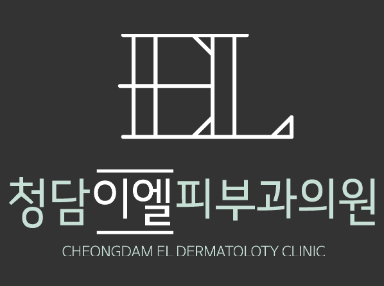How to Get Rid of Keloids in Korea
Introduction
Keloids are one of the toughest skin concerns — raised, thick, and often red or itchy scars that don’t fade easily. In Korea, where advanced scar management is widely practiced, clinics like BAILOR Clinic in Sinsa, Gangnam use cutting-edge technologies to flatten keloids, lighten redness, and prevent recurrence through a combination of lasers, injections, and gentle regenerative therapies.
What Are Keloids?
A keloid is an overgrowth of scar tissue that forms after the skin heals from an injury. Unlike normal scars, keloids grow beyond the original wound area and can become firm, shiny, and even uncomfortable.
Common Causes:
- Acne scars
- Surgical wounds
- Piercings or tattoos
- Burns or scratches
Because keloids can worsen over time, early and consistent treatment is key — and Korean clinics are known for providing gentle yet effective solutions suitable for sensitive or melanin-rich skin.
Keloid Treatment Options in Korea
1. Steroid Injections (Kenalog / Triamcinolone)
This is the most common first step in treating keloids. Steroid injections help shrink scar tissue, reduce redness, and flatten raised areas by calming excessive collagen production.
- Frequency: Every 3–4 weeks
- Downtime: Minimal
- Results: Smoother, softer skin after several sessions
These injections are often combined with laser therapy for better long-term results.
2. Laser Treatments for Keloids
Korean clinics use various medical-grade lasers to improve both texture and color of keloid scars.
Popular Laser Options:
- Vbeam (Pulsed Dye Laser): Reduces redness and inflammation.
- CO₂ or Er:YAG Laser: Helps resurface and flatten thicker scars.
- Pico Laser / Excel V: Improves pigmentation and smoothness.
💡 Most clinics, including BAILOR, combine lasers with steroid injections to enhance results and reduce recurrence.
3. Surgical Excision (For Large Keloids)
In severe cases, surgical removal may be considered. However, surgery alone can sometimes cause recurrence, so Korean doctors usually pair it with:
- Post-surgery steroid injections
- Laser follow-ups to control inflammation
- Silicone gel patches to protect the healing site
4. Regenerative Treatments (Rejuran / PRP)
To support healthy skin healing, regenerative injectables like Rejuran Healer or PRP (Platelet-Rich Plasma) are sometimes added after laser or injection treatments.
These help stimulate collagen remodeling and restore smoother texture while preventing the skin from overreacting again.
5. Silicone Gel and Pressure Therapy
For maintenance, silicone-based gels or compression sheets are recommended. These help keep the scar hydrated and flattened after in-clinic treatments.
What to Expect at BAILOR Clinic (Sinsa, Gangnam)
At BAILOR Clinic, keloid treatment typically includes:
- Detailed scar evaluation to understand texture and depth.
- A customized treatment plan combining injections and laser therapy.
- Gentle, doctor-performed procedures — no coordinator consultations or upselling.
- Ongoing care with soothing recovery programs designed to calm the skin and prevent recurrence.
How Many Sessions Are Needed?
- Mild keloids: 2–4 sessions
- Moderate to severe: 4–8 sessions or more
Keloids improve gradually over several months, and maintenance sessions may be required to ensure lasting results.
Why Korea Is Known for Keloid Treatment
- Clinics offer advanced laser systems and combination therapy.
- Treatments are designed for Asian skin types and sensitive scar-prone skin.
- Affordable and transparent pricing compared to other countries.
- Foreign-friendly service with English-speaking staff at clinics like BAILOR.
Final Thoughts
Keloids can be difficult to treat, but with consistent care and modern Korean technology, they can be significantly flattened and lightened.
At BAILOR Clinic in Sinsa, Gangnam, you can expect a personalized, no-coordinator consultation and a practical treatment plan tailored to your skin’s condition. The clinic’s gentle approach focuses on real improvement — not over-promises — helping you achieve smoother, more confident skin.


